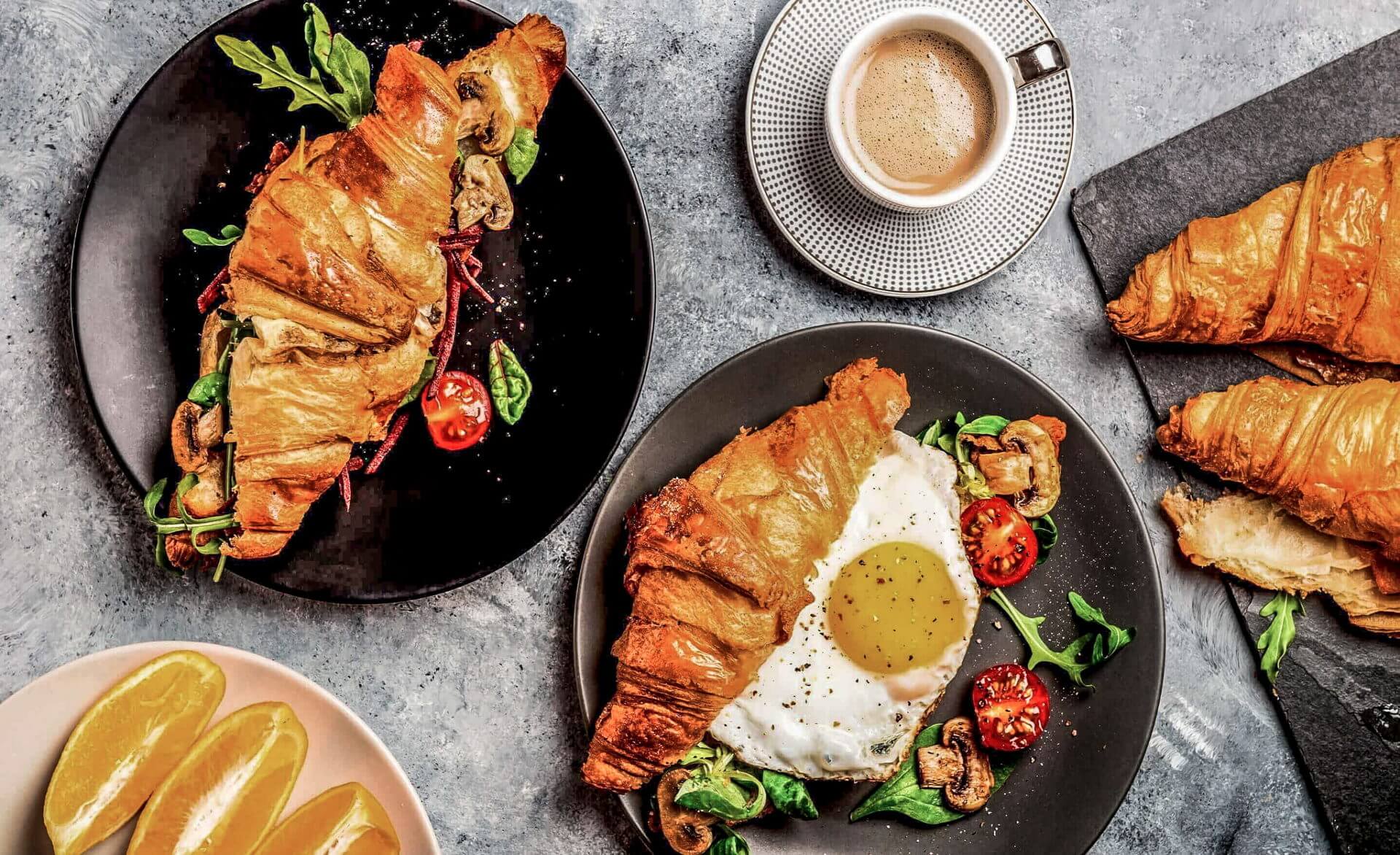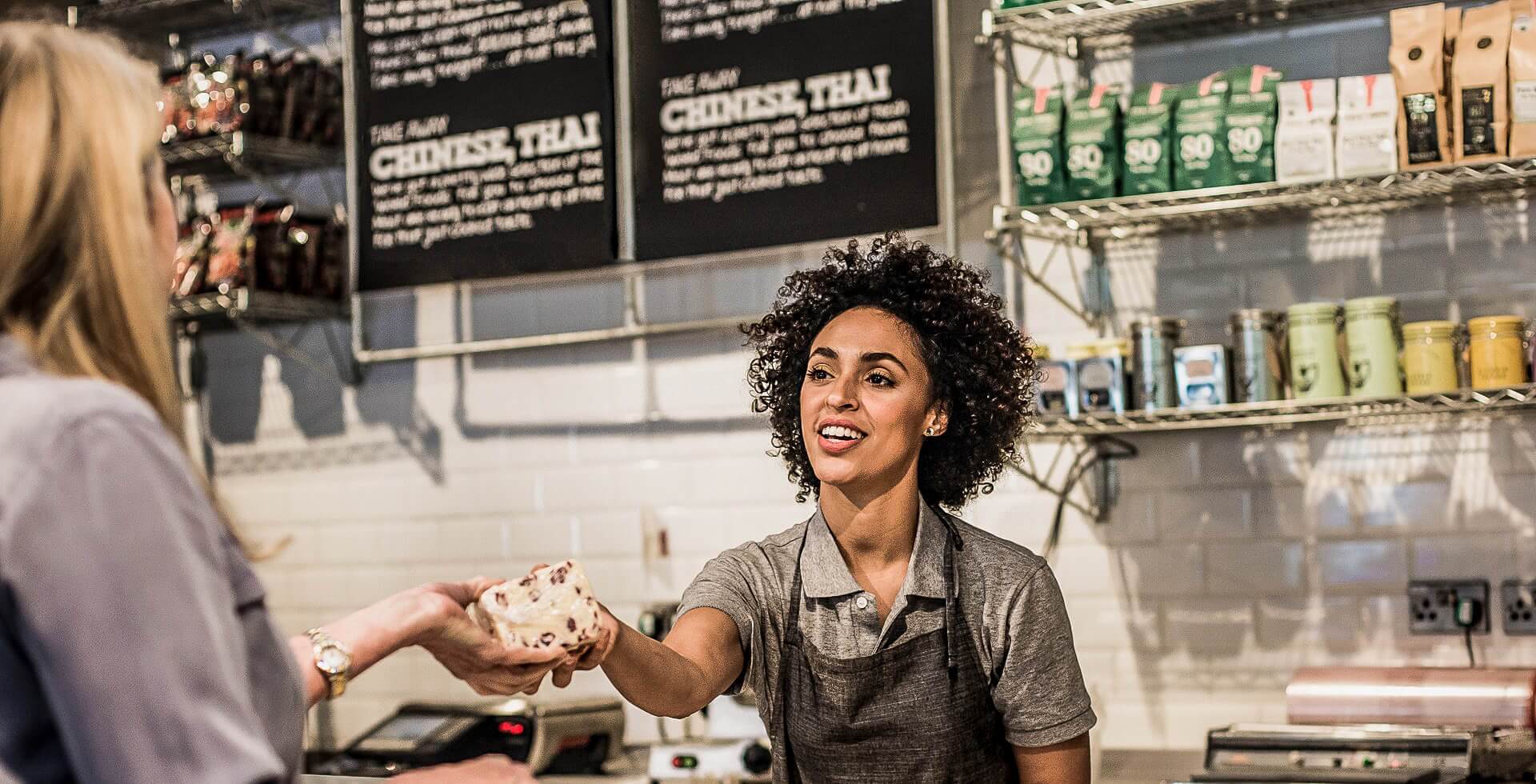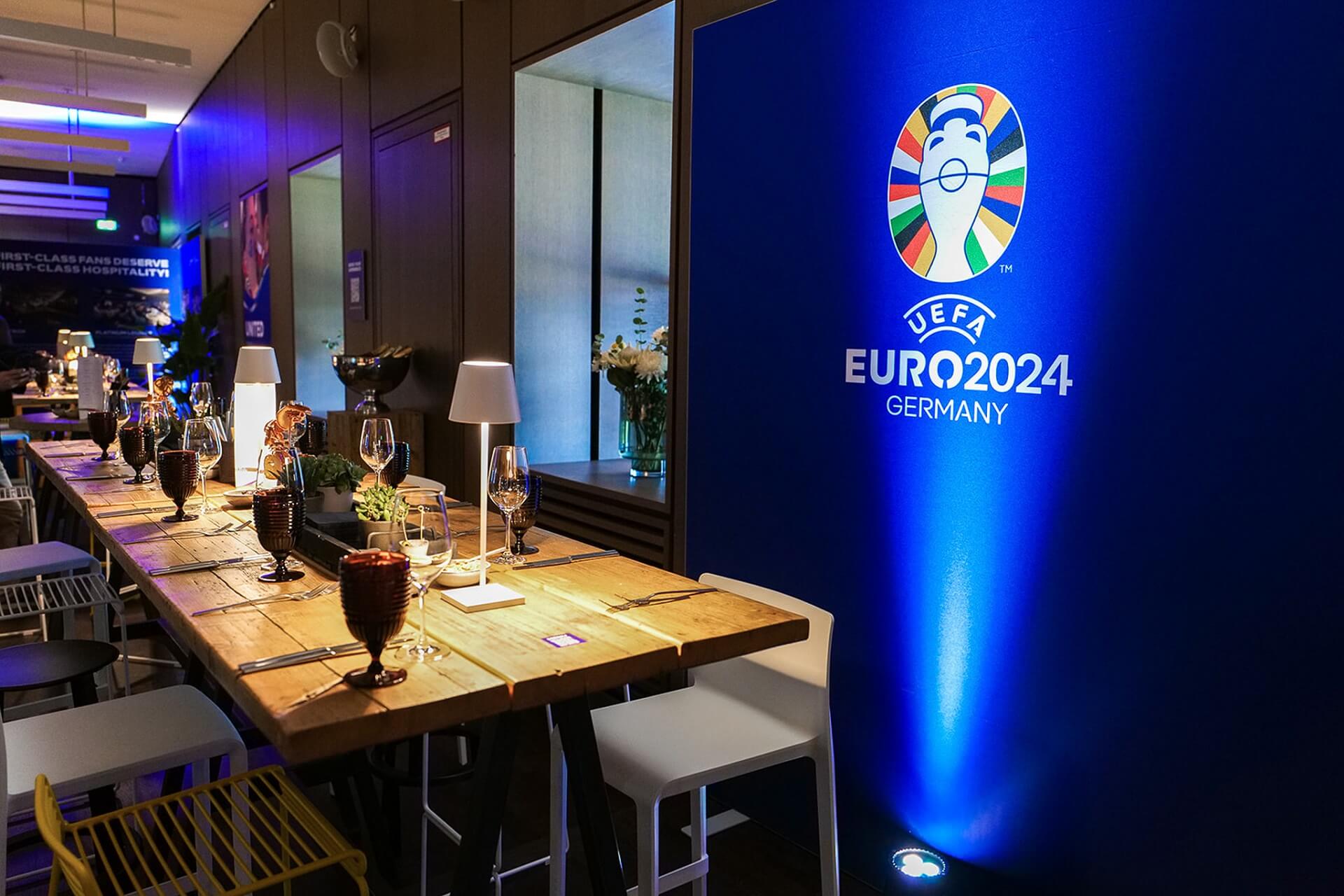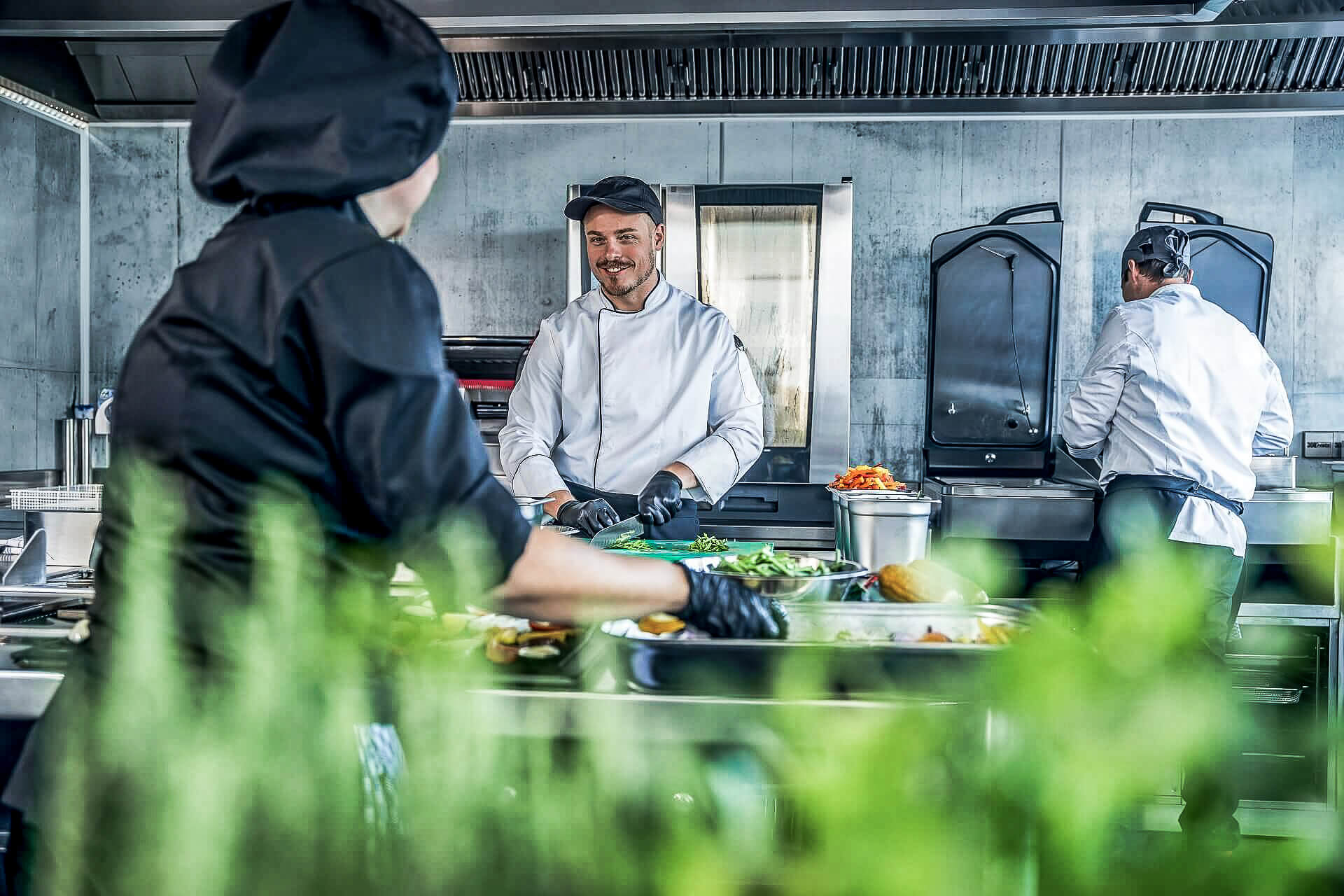It’s a segment that has great potential, given the shift in consumer attitudes towards eating out. Lockdown has necessitated more delivery and take-away options, with full-service restaurants closed to the public for several months. But even as people return to work and a more regular routine, there is likely to be apprehension around lingering too long in a seated environment.
So, for establishments offering food-to-go, there are myriad opportunities to capitalize on this trend and offer customers everything they need in one place.
Rational has launched a series of four webinars: Unlocking new growth opportunities in food-to-go to explore these opportunities further, with each focusing on a particular food-to-go mission. We’ll take a look at some of the insights from Session 1: The New Lunch and Session 2: The Breakfast To Go.
Creative thinking
Working towards creating a new normal for the industry begins with understanding the current state of play and what will motivate or incentivize people as they return to stores.
“We’re clearly living in unprecedented times and that’s put pressure on all of us in many different ways,” said Gavin Rothwell, founder of Food Future Insights, who hosts the webinars in partnership with Benjamin Nothaft, international key account manager for retail, Rational.
“It’s caused food-to-go and foodservice markets to in effect shut down entirely, as lockdown took hold in many countries around the world.”
This meant businesses were forced to think more creatively and alter their offering to meet the demand for delivery and take-away options.
“One key strategy that started to come out of that was the idea of trying to recreate the foodservice experience at home. So, taking that experience out of the restaurant and shipping it in a box for recreation at home,” explained Rothwell.
He cited Honest Burger, Pizza Pilgrim and Island Poke in the UK as some businesses who had successfully pivoted in this way. “Clearly it’s not quite the same but it captured at the imagination.”
As well as enjoying restaurant food at home, restrictions have obviously resulted in people cooking more at home, with some enjoying the opportunity to experiment in the kitchen while others are looking for quick and easy solutions.
But with various items not available on supermarket shelves, this has also prompted the evolution of the food-to-go pantry.
“We saw various food-to-go operators shift their focus online, recognizing the fact that actually for many consumers it was at times quite hard and a mission to get hold of some of those basic food and grocery items.”
Operators Pure, Crush and Pret in the UK and Tendergreens in North America have all adapted to incorporate every day basics into their delivered to home or collect from store offer.
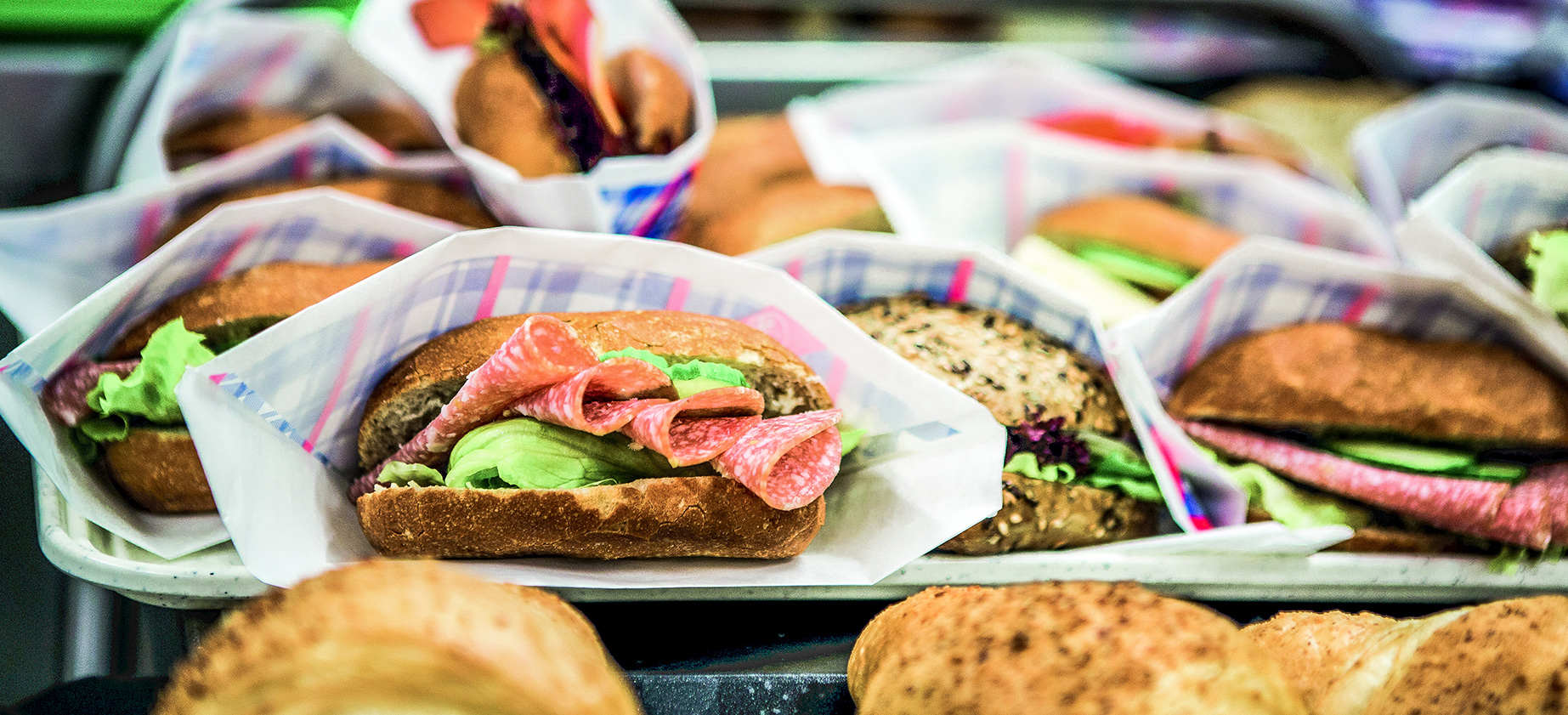
Adapting to meet demand
As lockdown lifts and businesses start to reopen, foodservice operators need to recognize that it won’t be a case of returning to normal or reverting to business as usual. Consumer appetite has changed with the pandemic, and the implications will be widespread and long-lasting.
Many food operators have realized they don’t need to deliver exactly the same experience they were delivering before they closed, and it might even be preferable to change things up.
“A strong theme coming through has been reducing the menu and reducing the opening hours, to enable the team to get up to speed with the different dynamics of the market and the different challenges that the new environment faces them with on a day-to-day basis,” said Rothwell.
Another key area of development has been technology. The crisis has accelerated innovation, with more and more companies using third-party services to improve their web-based portals, so customers can order ahead of time via mobile devices and spend as little time in store as possible.
For example, retailers Tesco, Lidl and Aldi are using a traffic light system in some stores to ensure they don’t get overcrowded. Meanwhile, Asda is looking at an app that allows customers to check in when they arrive in the carpark, to allow a virtual rather than physical queue.
“This use of technology to moderate the flow of customers through the store is an important one and something we’re seeing more with foodservice operators”, said Rothwell.
“Around the lunch time peak in particular, there is tremendous demand that technology can help with, especially when a limited number of people can enter each store at one time.”
Self-serve elements have been discontinued in many stores and there is a greater focus on prepacked solutions. For those businesses that are still using counters and see a future for the salad bar, such as Picadeli, they are relying on technology to regulate food temperature and shelf life of products.
“What’s interesting is they’re showing that there is an opportunity to run those types of operations, albeit slightly differently than before.”
Defining your missions
Overall, the feeling is that the appetite for food-to-go remains. But what should businesses be focusing their efforts on?
“We’re clearly seeing some shifts underway in terms of footfall levels at different times of day, influenced by the fact that most of us are still very much working at home. So, it’s tempting to ask yourself, why bother with breakfast?” said Rothwell.
But breakfast is still a key meal and one that most people don’t do that good a job of feeding themselves with at home, he said: “So, actually, if you do have enough people out and about then there is an opportunity to target them with the right types of solutions.”
Everyone agreed, successful breakfast offerings must include a strong coffee offer.
“The appetite for barista coffee seems to remain very much intact and what’s interesting is it’s often the independent with the longest queues right now,” said Rothwell.
But alongside this desire for good quality coffee is a wariness about going into too many outlets. While people may have previously split their missions: going to one place for coffee and another for food, Rothwell thinks this will happen much less going forward.
“We’ve seen a drop in the number of overall food missions people are undertaking. They’re being cautious about going into too different many outlets – that’s partly why it’s more important to have a strong coffee offer,” he explained.
“If they can get everything they need in one location, they’re much more likely to do that. And that in turn, actually creates an opportunity – if they’re coming in for coffee or breakfast then can you leverage that to sell them something for later, whether that’s for lunch or their evening meal.”
This is an approach familiar to Netherlands-based brand, Yoghurt Barn. Many of its stores are located in transport hubs, catering to the breakfast and lunch needs of commuters and office workers, but it has incorporated additional missions such as high tea and brunch in its city stores.
“People will reduce their stops if you can offer a high-quality breakfast. That means you have to offer good coffee and you also have to try and fit in more fresh products,” said Wouter Staal, CEO YoghurtBarn.
“You also have to look at what moments you can claim. So, it’s breakfast, it’s lunch – but people are not eating just three times a day but six times, so what can you claim, what can you stand for? Brunch and high tea have been very successful for us.”

Image: adobestock.com, goodluz
Finding focus in the crisis
With so many people working from home, Coronavirus has heavily affected footfall for YoghurtBarn, which is currently operating at 12% of its regular sales. But Staal has still taken this opportunity to move the business forward, even officially launching its climate positive approach online during the crisis.
“When things get rough you have to back to your DNA,” said Staal. “We stand for healthy food, doing good for people, animal and nature, and our Yoghurt Barn family.”
The company’s climate positive framework aims to measure, reduce and offset its carbon footprint for every guest. Staal says this is a focus that fits and people like, which will be crucial to retaining loyalty throughout this period. “People spend more with you and they feel good about it. I think that last part is essential for a food-to-go outlet.”
Of course, it’s important that whatever offering you have is fit to your environment, understanding what’s important to your customer.
“It doesn’t help if you just offer fresh and healthy if you’re on a forecourt and your main target group is actually truck drivers – they expect a different breakfast than students or people that work in the city, so it has to fit your environment and cater to your customer,” said Nothaft.
“Think about where you are, which customer you already have and want to address with your offering, and then think about which new customers you want to win.”
Scotmid is an independent cooperative society, that operates 188 convenience stores. It’s food-to-go offering is used drive footfall and overall sales – with food-to-go in most successful stores accounting for 35%.
The coop has expanded its offer hugely over the last few years, from baguettes and salads made fresh every day in store to hot meals cooked to order.
“With so much choice in the market place, whatever we offer not only needs to be as fresh as we can have it for the customer – and increasingly that means made to order – but it also needs to be of a quality that we can be proud of and at a value that can be market leading, and most importantly is produced consistently across all our stores that offer it,” said Dannie Scobie.
“Hot food is where you can really drive sales if you get it right. However, get it wrong and you’ll turn customers off,” he said. “How you cook and hot hold food is vital.”
Scotmid uses Rational ovens to achieve this quality and consistency across its stores. The iCombi Pro allows each store to cook different items at the same time with fewer pieces of equipment, so breakfast and lunch can be served simultaneously.
“We know through experience that one size does not fit all,” added Scobie, noting that different products sell better in city center locations and neighborhood stores. “I would recommend anyone to take time to understand their customer and their missions before deciding on a range.”
To hear more from our experts on the future of food-to-go, visit the Unlocking new growth opportunities in food-to-go series webpage and sign up for the next session on August 6,2020 here. Meanwhile, we’ll bring you further insights from Session 3 and Session 4 following the live webinars.


